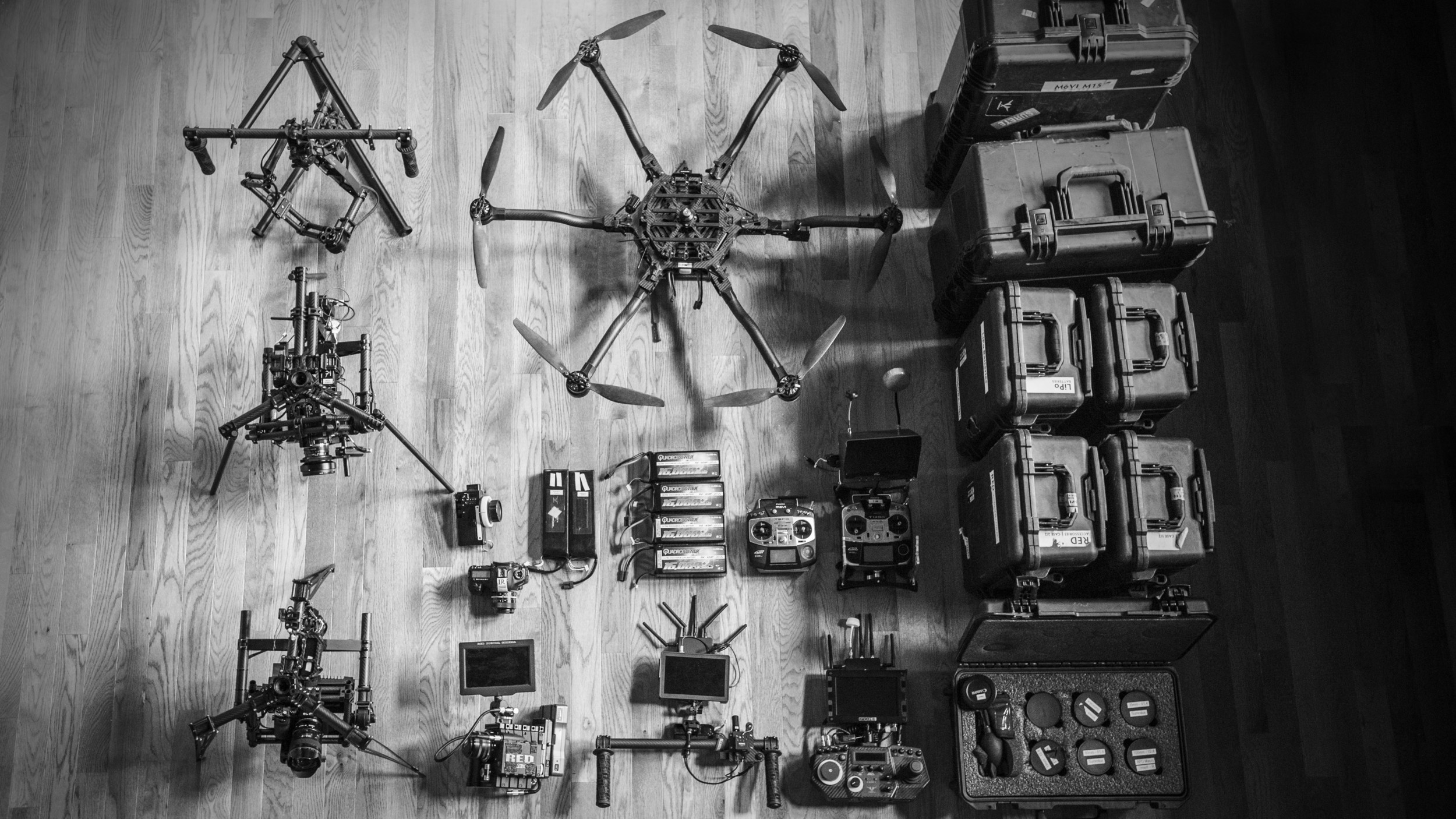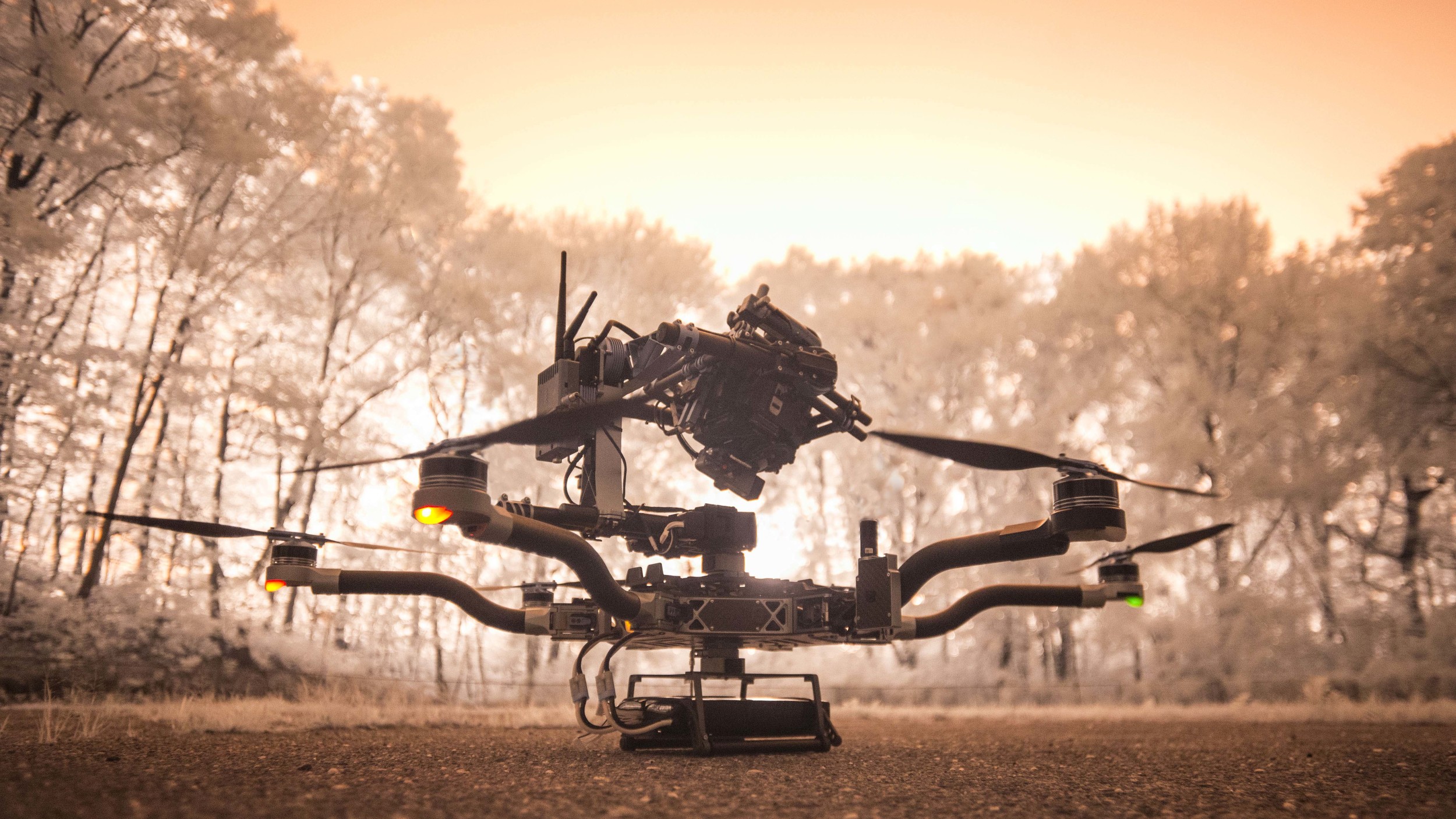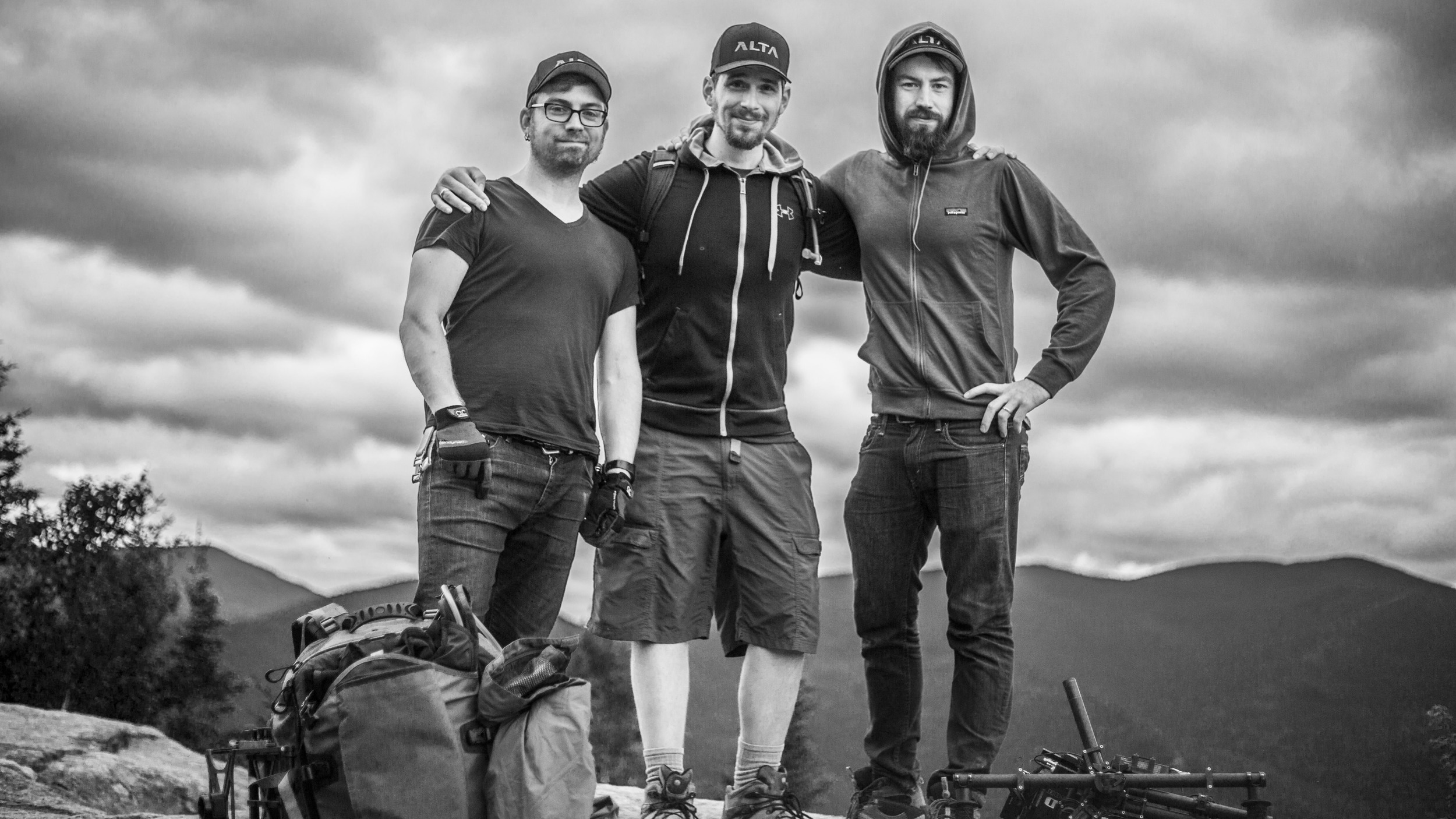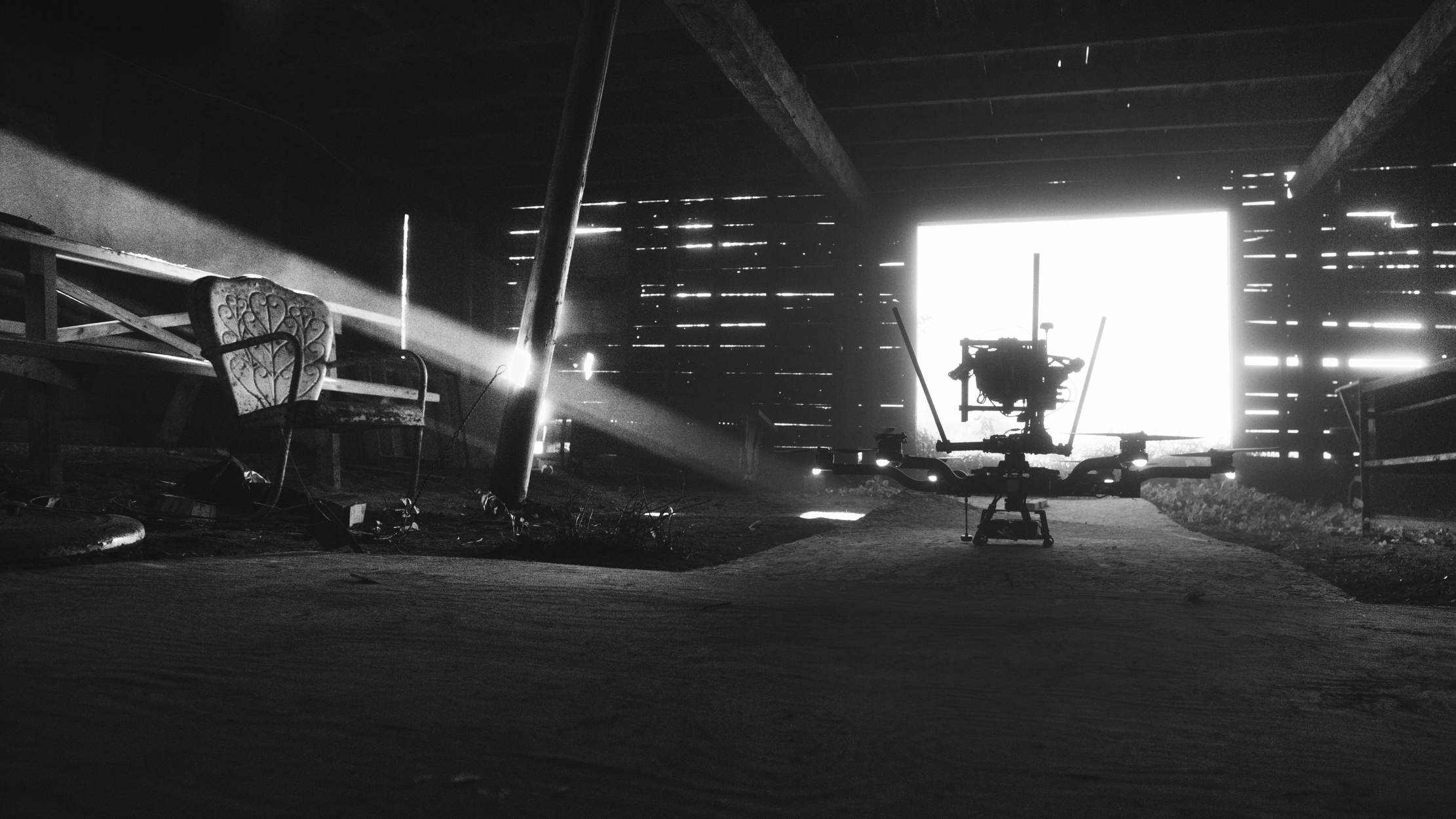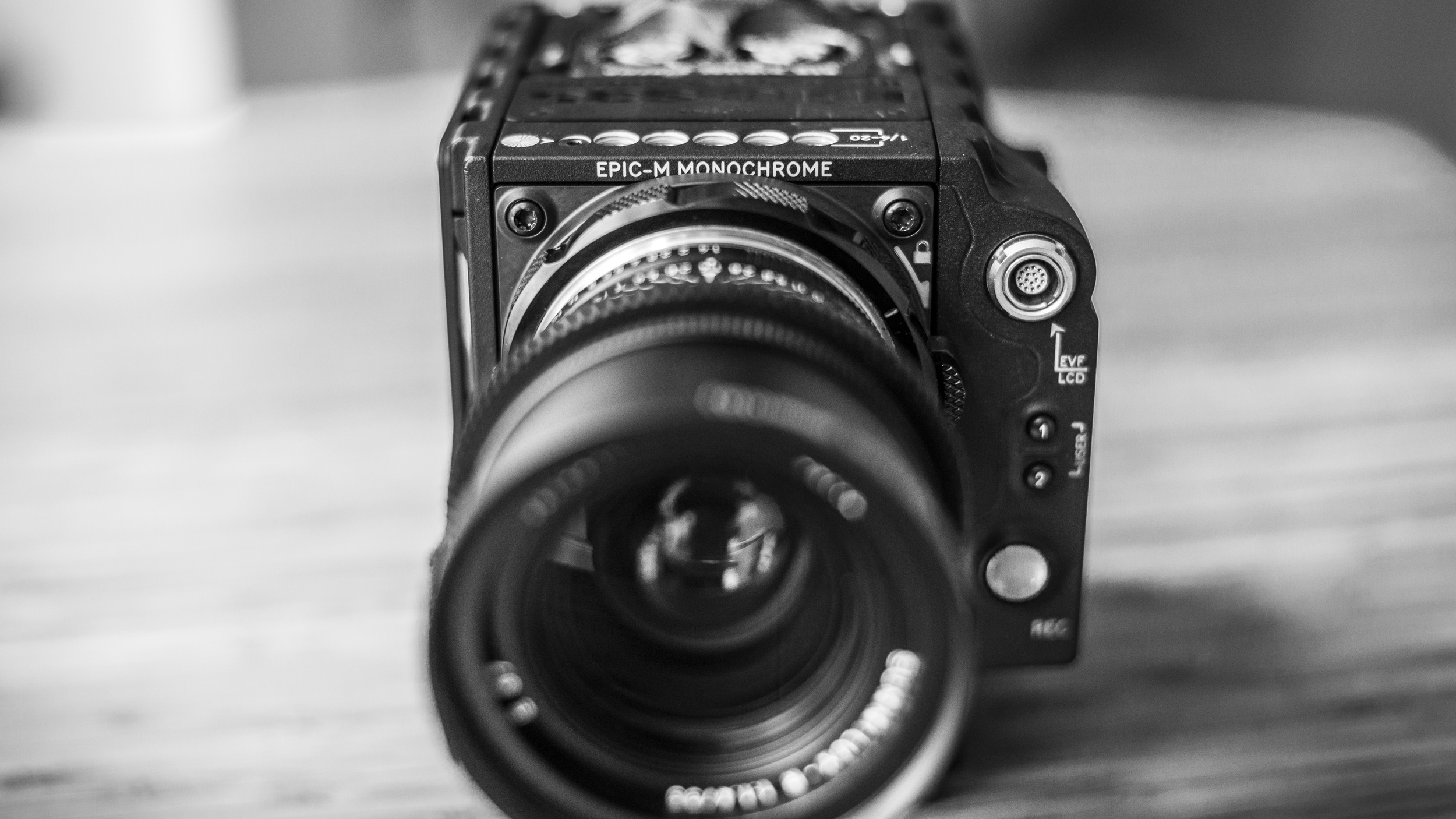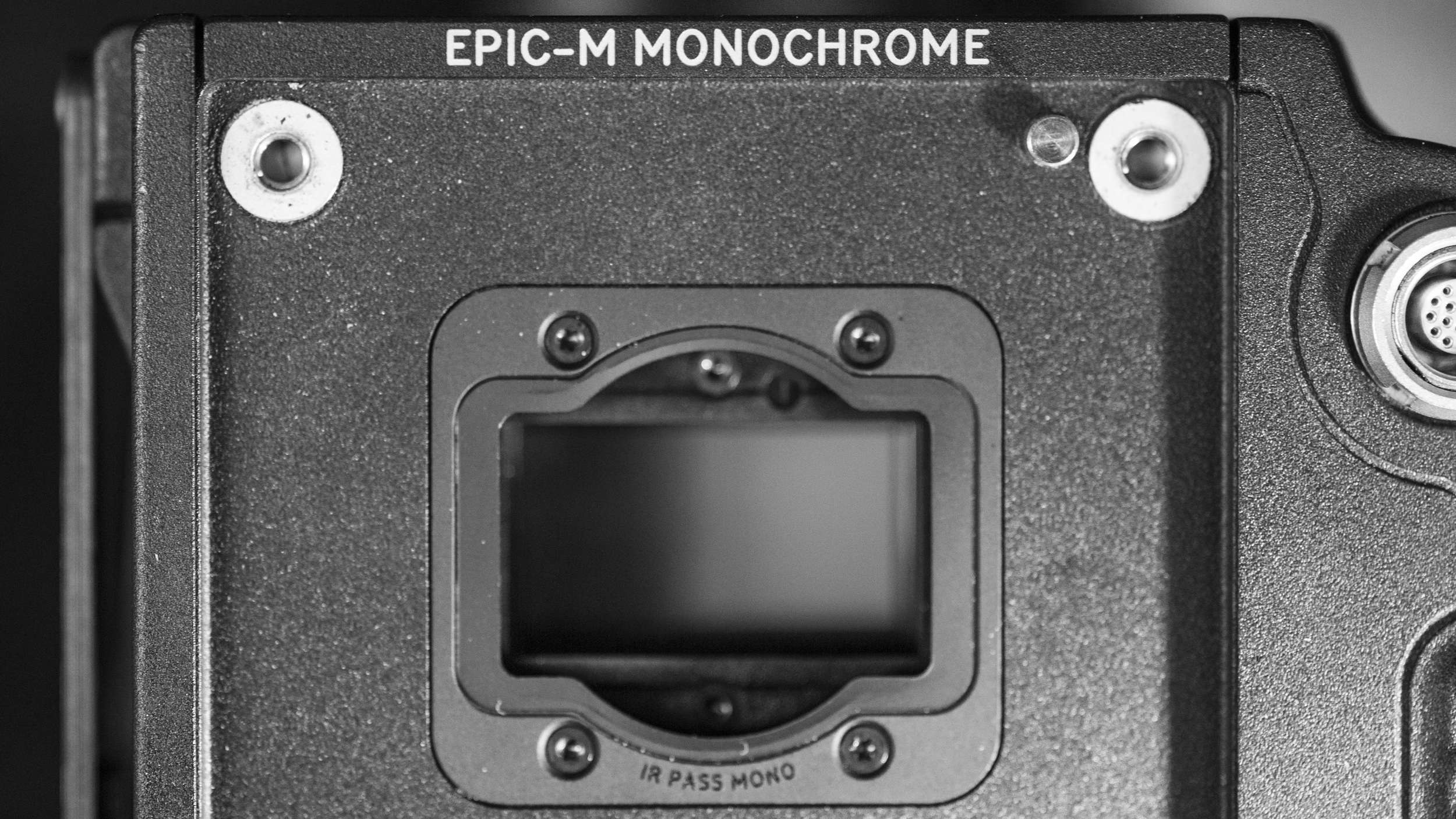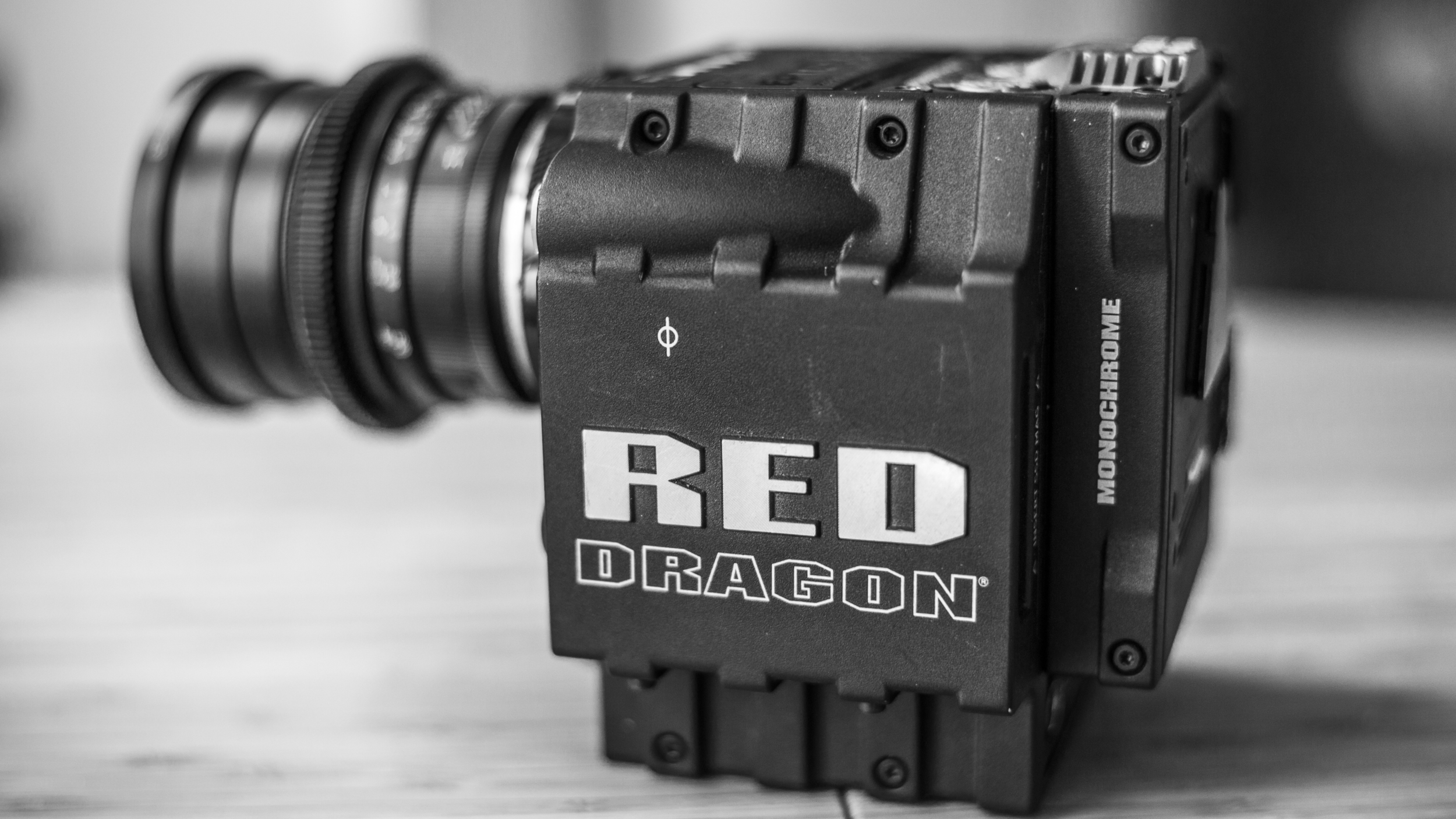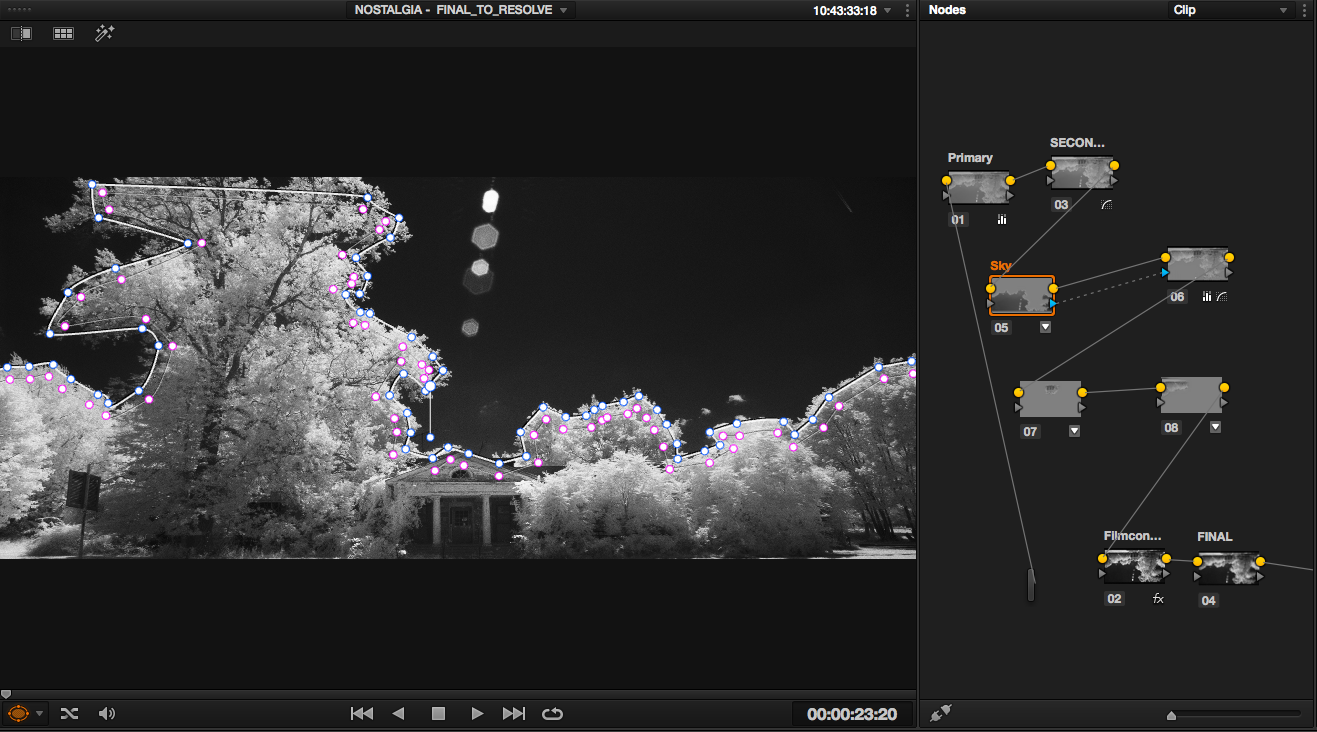The new Freefly drone - the "Cinestar" successor - has been in the making for a long time now. Many people had been speculating whether it would ever see the light of day. After the success of the original Cinestar and Cinestar X8 Heavylift, expectations for this new multicopter were enormous.
At NAB 2015, Freefly finally announced and recently released the ALTA with some groundbreaking design and capabilities that surpassed a lot of expectations.
Brooklyn Aerials was lucky enough to get their hands on a pre-production model of the ALTA and took it out into the wild to test it's capabilities for a new short called, "NOSTALGIA".
THE ALTA
What sets the ALTA apart from "conventional" drones, like the Cinestar and Cinelifter, is it's design. With the perfectly engineered folding design and the option to bottom and top mount the camera, Freefly has created something truly revolutionary.
For me, as a very visual person, the ALTA is not just a new drone on the market, it provides me with an entirely different way to move the camera and get shots that have been impossible to capture before.
Here is the perfect example of why the ALTA is so amazing - a shot like the one below would have never been possible to shoot with a drone before and would have required either dolly tracks or a skilled Steadicam or MoVI operator, but is now easily and very precisely captured with the ALTA:
"NOSTALGIA" SHOOT
The goal of this project was to experiment with new ways to capture images with a "drone". Every shot needed to feel different than what we were used to seeing being done with drones these days. As a result, high altitude, wide-angle shots had been banned from the concept before we even started shooting.
Equipped with an ALTA and a RED Epic Dragon Monochrome, we ventured out with a bare bones team of three people. In the photo below from left to right: Drew English, Camera Operator; Michael Marantz, Co-director and Tim Sessler, ALTA Pilot.
Given our post-apocalyptic script, the goal seemed simple: shoot cinematic shots that tell the visual story of nature reclaiming her territory. We filmed in abandoned locations like Seaview Hospital in Staten Isalnd and Letchworth Village further outside of NYC, then moved on to the beautiful natural landscape of Upstate, NY with the epic scenery that can be found in the Adirondacks.
The idea really was to use the ALTA as a tool to get very slow and controlled dolly or crane shots in locations where it would have been difficult or impossible to use either of these traditional film methods.
Strapping a multicopter to a hiking backpack and hiking into a fairly remote place like Mount Jo in the Adirondacks would have been unthinkable up to this point. The foldable ALTA design makes it substantially easier to bring a bigger cinema drone not only to these extremely hard-to-reach locations, but also in using it on a daily basis with car and air travel, as well as having that flexibility on production. And of course on the days that you want to put your multicopter on the back of a 6 wheeler and conquer the rolling hills and forests to get to remote locations - the ALTA makes it a lot more enjoyable!
SHOOTING MONOCHROME & INFRARED
I've been fascinated with infrared black and white photography for the past few years. I even converted one of my Canon 5d mk3s to infrared by removing the original OLPF and installing a permanent 720nm IR filter in front of the sensor.
Now with the new modular OLPF system, RED is allowing us to install an IR-Pass OLPF and open up standard RED Epic Dragons for infrared photography. On top of that, to maximize the B/W IR look we were also fortunate to shoot on the RED Epic Dragon Monochrome. This version of the camera has a pure monochrome sensor, that results in a higher sensitivity (base ISO is 2000 vs. ISO 800 with a color Dragon) and higher detail. In combination with our Leica R lenses we had the perfect set-up for the ALTA - just below the maximum payload, yet with the best quality and flexibility for our edit and grade.
The RED Monochrome footage is absolutely amazing to work with in post. The image is seemingly clean at ISO 2000-3200 and thanks to REDs RAW codec allowed a huge dynamic range and possibilities with bringing out details. We graded the whole piece in Davinci Resolve and used the Filmconvert T-Max 100 film stock as a base for the contrasty B/W look.
As far as filtration in front of the lens, we used both a B+W 93 Deep BW IR filter, a traditional Hoya R72 720nm IR filter and a variety of focal lengths. From 19mm super wides for some of the tighter spaces (e.g. flying in a forest, looking straight up into the trees) to a 50mm, and even all the way up to 135mm for some nicely compressed shots (e.g. the ship graveyard).
I really hope you enjoy this piece and I look forward to soon sharing one of our unreleased projects from earlier in the year: an aerial short shot in Hawaii with the MoVI M15 out of a full-sized helicopter. Stay tuned.
Cheers,
Tim

